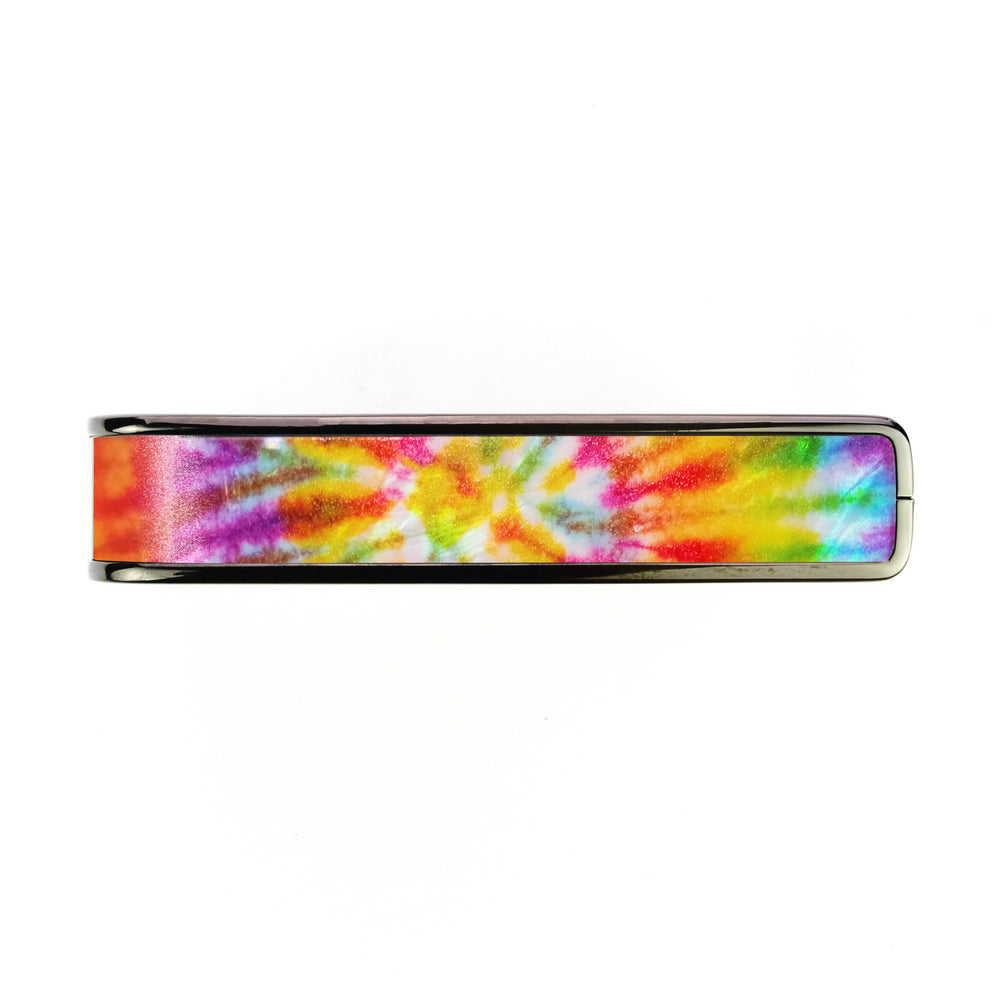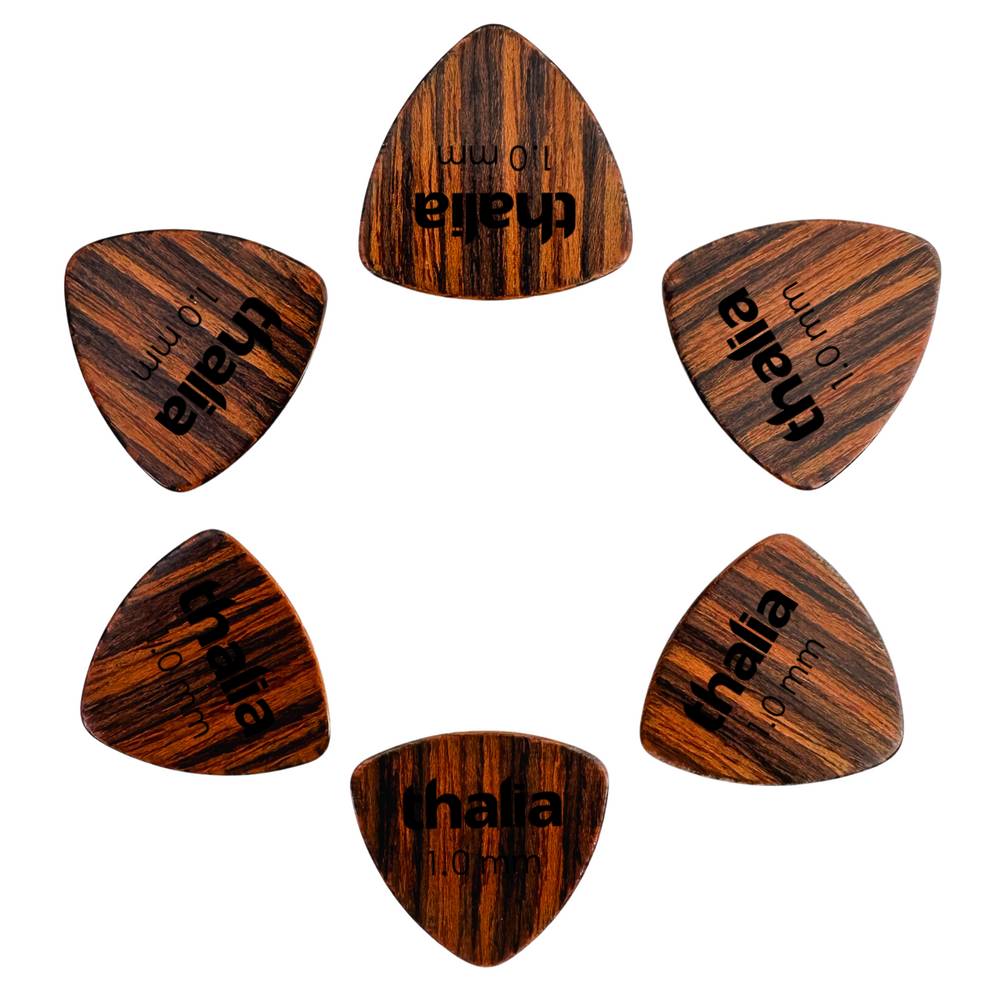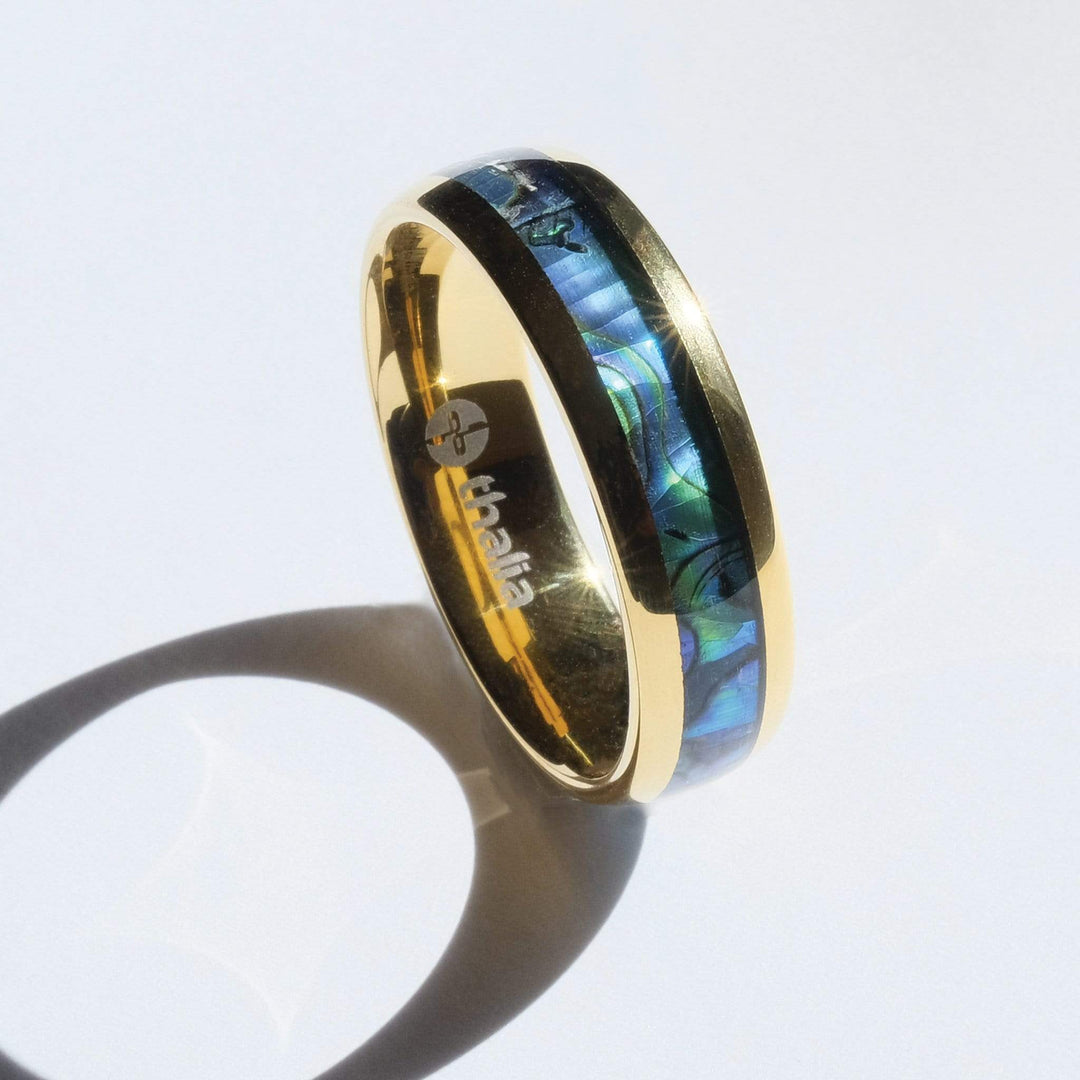If You Have To Ask...

Jazz.
It strikes some strange looks, particularly from the uninitiated who simply jump in. It can sound bizarre, with plenty of notes flying around.
For those used to blues-rock progressions and the safe and comfortable sounds of the pentatonic scale, this is as alien a sound as it gets.
Jazz is not something to be ignored, however. Most players can benefit from exploring some of the elements of jazz to incorporate into their own playing and craft something more unique. But where to start?
What is Jazz?
Louis Armstrong once famously said, “If you have to ask what jazz is, you’ll never know.” Some will say that talking about music is like dancing about architecture. Jazz has undergone several phases over the years, from big band to bebop to fusion to fuzak (though the less said about that one, the better). Many common elements exist in these styles that help define them as jazz.
Firstly, jazz is highly improvisational. Players are expected to solo over a set of chord changes for several passes, all while keeping things interesting melodically, rhythmically and harmonically. The group is also expected to improvise the arrangement with each other based on the lead sheet (a one-page arrangement of a song that would have the melody and chord changes with nothing else).
Jazz is also commonly structured around songs. You would have the main part of the tune (melody and harmony), called the “head”, then players would solo over the chord changes of the head until everyone has had a go at it. After that, the head would be played again to end the tune. (Fun fact: the expression “playing over changes” comes from soloing over the chord changes of a song). Some forms of jazz are more strictly arranged, but this would be the basic way songs are played.
Another characteristic is the harmonic content. Many progressions consist of several 2-5-1 cadences (ex. Dm - G7 - C in the key of C major), a key staple in jazz composition. You’ll also find extensive use of lush and altered harmony (7th chords, altered chords, tritone substitutions, etc.) that allows the player to explore outside regular tonal centers.
Getting into Jazz
Like any other form of music, jazz has a plethora of sub-genres (big band, cool jazz, modal jazz, bebop, hard bop, jazz-rock, fusion, Latin jazz, etc.) Finding a spot to dive in can be daunting. Here are some recommendations to get you started.
For someone wanting to ease in - Kind of Blue by Miles Davis (1959)
Like Frampton Comes Alive, this is the one record everyone seems to own, particularly when they say they have a jazz record in their collection. Rightly so, this Miles Davis album was a seminal one in songs, group improvisation and sound. The style falls under the modal jazz idiom, where players are restricted to the number of scales they can use over the changes. Players are forced to become highly creative with the lines, and nothing falls outside the chords, harmonically speaking. Two tracks, “Freddie Freeloader” and “All Blues,” use the 12-bar blues form familiar to most guitar-playing folk, making them ideal places to start, though the whole album should be taken in.
For the rocker who wants a familiar tone - Metal Fatigue by Allan Holdsworth (1985)
When Eddie Van Halen calls you the best guitarist of the 1980s, you must be doing something right. In the world of jazz guitarists, Allan Holdsworth was in a class of his own. He was a master of playing these intricate and fast lines with clean execution and fantastic tone (both clean and dirty). Metal Fatigue is widely considered one of the best jazz-rock albums of all time, with the track “Devil Take The Hindmost” being called the perfect example of a jazz-rock guitar solo.
For bonus points, grab a copy of the book Reaching For The Uncommon Chord to try to learn some of the master’s skills.
For the acoustic player - Friday Night In San Francisco by Al Di Meola, John McLaughlin and Paco de Lucia (1981)
This 1981 live album is the answer to what would happen when you combine the guitarists from Return To Forever (Di Meola), Mahavishnu Orchestra and Miles Davis (McLaughlin), and one of the most significant flamenco guitarists ever (de Lucia). Playing their compositions and some choice songs from other artists, this mashup of acoustic jazz and flamenco is something to behold, particularly the interplay between all three players.
For someone wanting some tasty clean electric guitar - Bright Size Life by Pat Metheney (1985)
An album that took some time to reach an audience, the debut album by Metheney features the late, great Jaco Pastorius on bass throughout (for those who don’t know Jaco, he’s likey your favorite bass player’s favorite bass player). The trio (including Bob Moses on drums) weaves through several original compositions and an Ornette Coleman cover with great interplay. Metheny is also in fine form with the quintessential clean sound for modern jazz guitar.
This is just a tiny sample of what’s out there. Once you’ve gone through those, dive into the diverse catalogues of players such as John Scofield, Mike Stern, Joe Pass, Pat Martino, and Ted Greene.
Don’t forget to include music from non-guitarists, including John Coltrane, Bill Evans, Dave Brubeck, Sonny Rollins, Oscar Peterson, and so on.
Also, have a listen to the great bands and combos, such as Miles Davis’ quintet from the 1960s, Weather Report, Return to Forever, Lifetime, The Brecker Brothers, and more.
There’s probably a genre of jazz that will speak to you more than others. Once you find it, get ready for endless inspiration.
By Kevin Daoust - instagram.com/kevindaoust.gtr
Kevin Daoust is a guitarist, guitar educator and writer based in Gatineau, Quebec, Canada. When not tracking guitars for artists around the world, or writing music-related articles around the internet, he can be seen on stage with Accordion-Funk legends Hey, Wow, the acoustic duo Chanté et Kev, as well as a hired gun guitarist around Quebec and Ontario. He holds a Bachelor of Music in Guitar Performance from Carleton University in Ottawa, Ontario, Canada.





















